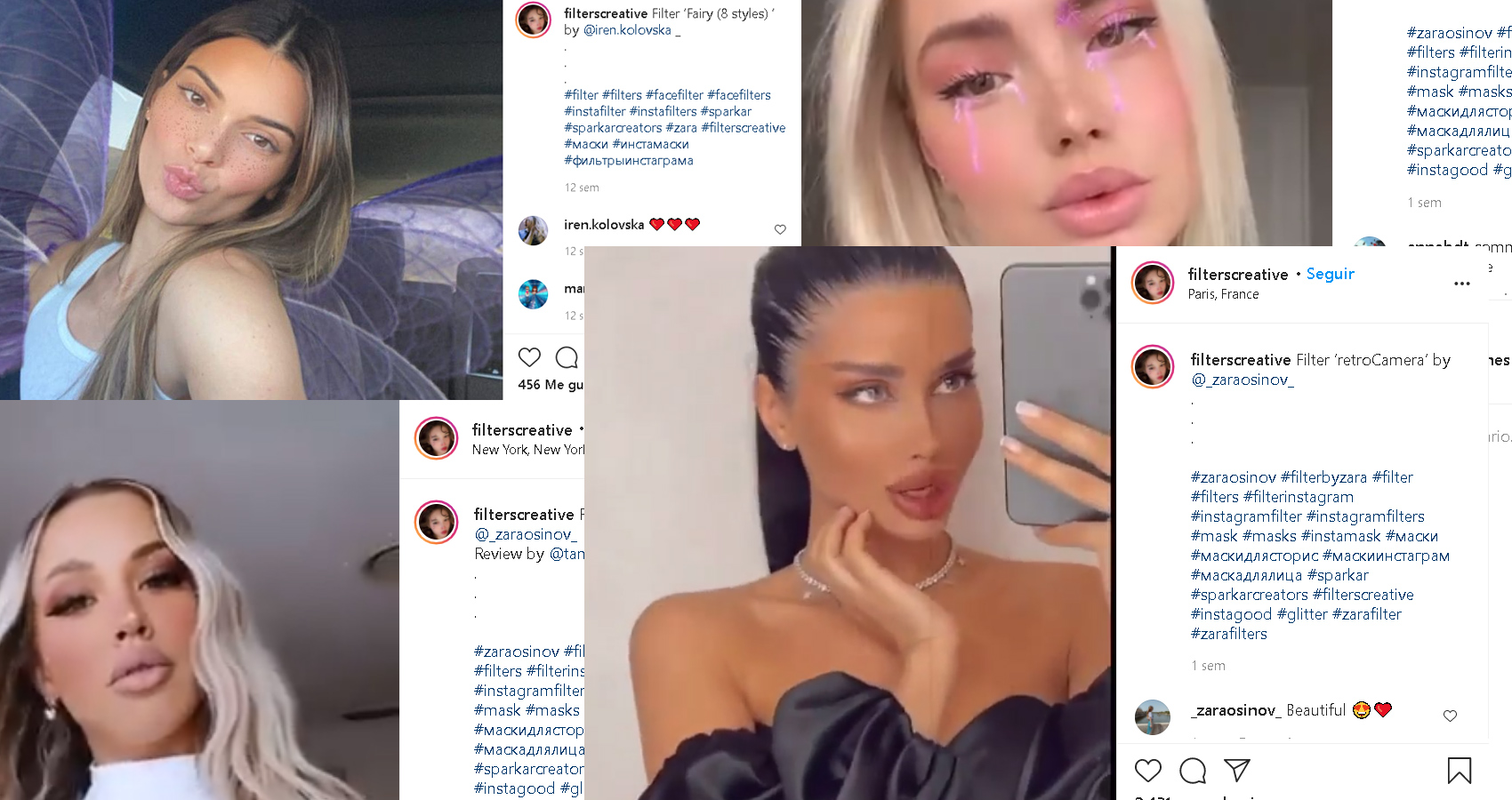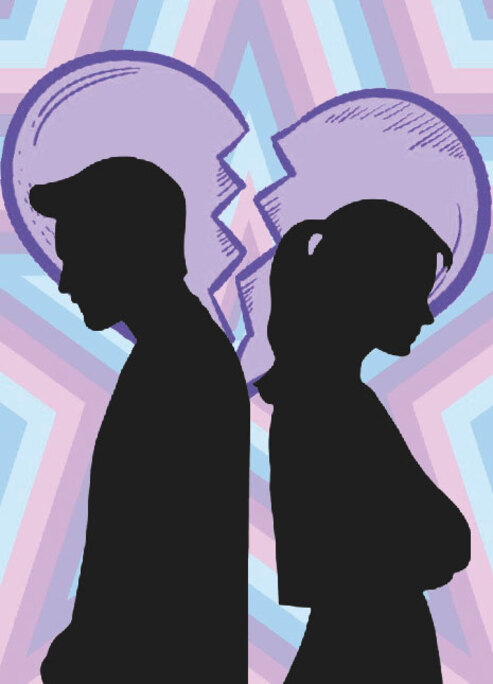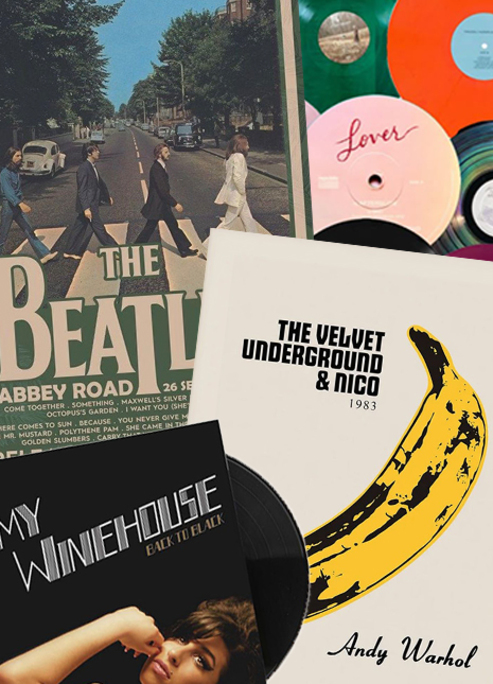
Are FaceTuned Images On Social Media Leading To A Rise In Body Dysmorphic Disorder?
An investigation into our digitally warped reality.
Physical perfection used to be exclusive to celebrities and models on magazine covers. Photo editing features on apps like Snapchat and Instagram, however, made it possible for everyone to look like a celebrity within a matter of taps and clicks.
We might be living in what MP Dr Luke Evans calls “a digitally warped reality,” in which we are creating online personas that drift further and further away from our actual, physical selves.
With depression and eating disorder rates on the rise, our obsession with false physical perfection might also fuelling a mental health crisis and is the reasons why we decided to investigate if social media is leading to a rise in body dysmorphic disorder conditions:
Body Dysmorphic Disorder And Social Media
Body Dysmorphic Disorder is a body-image disorder characterised by the persistent preoccupation with an imagined or slight defect in one's appearance. BDD most often develops during adolescence and young adults are regarded as the most vulnerable for developing it. Statistics show that it occurs in about 2.5% of males, and 2.2 % of females. A range of genetic, biological and cultural factors are involved in what causes it, but one immensely important cultural factor for young adults that has been massively expanding in recent years is social media. 91% of 16-24-year-olds are using social platforms daily, and it is influencing their attitudes, beliefs and actions.
This is especially true where body image is concerned: In a recent subject study, 144 girls (Aged 14 -18 years old) were randomly exposed to original and manipulated pictures. The results showed that the manipulated images directly lowered their self-esteem and perception of their own bodies.
“It just makes it so much easier to compare yourself to others,” is what Emma said, a young woman suffering from BDD, whose name has been changed at her request. Emma explained that her condition began when she started obsessively comparing herself to someone she was following on Instagram.
“To me, Instagram and TikTok are the most toxic. I mostly go on there to punish myself, I think. Since everything is also altered and airbrushed you don’t know that what you are comparing yourself to is unrealistic.”
What Emma described is what the Royal Society of Public Health called a “compare and despair” attitude caused by social that might have likely gotten out of proportion with the rise of FaceTune and AI filters.
For this reason, MP Dr Luke Evans proposed the “Digitally Altered Images Bill,” calling for modified images to be labelled in the future. After reaching out to him, we learned through his office manager Victoria Stapleton that prior to proposing the bill Dr Evans met with several patients with mental health issues, who experienced a loss of self-worth due to negative body image perceptions after viewing photoshopped images shown in the media.
According to Ms. Stapleton, Dr. Evans believes that a label can help people gain self-confidence and not make unrealistic and detrimental comparisons.
Next to MP Luke Evans, we reached out to the charity Girlguiding, who supports the bill.
The charity provided us with self-conducted surveys that showed that 52% of young girls and women polled in 2018 claimed that they sometimes feel ashamed of how they look because they don’t resemble girls and women in the media.
When it came to social media use, 71% of respondents said that they alter the pictures they post online “most times” or “sometimes."
So labelling digitally altered images might therefore be essential to disillusion us from the false reality we have created. A dangerous reality, almost indistinguishable from the real one, where perfection is achievable and young adults risk their physical and mental health in the desperate attempt to acquire to it …
The Growing Phenomenon Of Snapchat Dysmorphia
“Snapchat Dysmorphia” describes the growing number of patients coming in and asking to look like filter edited versions of themselves. To get a deeper insight, we reached out to aesthetic physician Dr. Wassim Taktouk who was featured in the BBC documentary “The Truth About Cosmetic Treatments.”
When asked if he thinks "Snapchat dysmorphia" has contributed to the growing popularity of cosmetic procedures, he replied: “Yes definitely. We are in dangerous territory now. Patients are posting pictures of themselves with filters and are liking the way they look. When they put out that edited image that they deem to be a more attractive version of themselves and get more likes and interactions, they start internalising that is what they should look like. I do see patients coming in with these photographs, asking “Can you make me look like this,” “Can you make my jaw look more like this,” “Can you make my eyes bigger like this.” It gets problematic when you start thinking about the nose to mouth lines, for example, the lines that go from your nose to the corner of your mouth. These filters entirely wipe them off their face. Therefore, some of these asks are not even achievable anymore because these are not the characteristics of a natural human face.
Removing blemishes and spots is completely possible but when it comes to rearranging your face so you can look like a filter we are moving into dangerous territory.”
Nonsurgical facial procedures are more commonly known as “tweakments,” and they have boomed in 2019.
This is partially due to the impact of influencers and what has been called “The Kylie Jenner Effect”, or “The Celebrity Cosmetic Surgery Effect.” After Kylie Jenner confessed to having lip fillers in 2016, UK clinics saw a 70% increase in requests for filler 24 hours after.
When we asked Dr. Taktouk about “tweakments” and the “Kylie Jenner Effect” he replied:
“Now that you can walk into a clinic and have your nose altered within five minutes, it installed this “quick-fix mentality”, spearheaded by celebrities and social media stars. Kylie Jenner completely transformed her face and showed young girls that transformations are absolutely achievable and that you can easily go from “A” to “B.” She still uses a lot of filters and airbrush tools though so again; these are unrealistic photographs.”
Reaching out to the British Association of Aesthetic Plastic Surgeons we learned that one of the biggest concerns for the organisation’s president Mary O’Brien was the “trivialisation” and “glamorisation” of aesthetic procedures. “The promotion of unrealistic expectations (…) concerns me. We live in a society that increasingly connects via a virtual world, and Instagram posts don't always represent reality!”
When we asked Dr. Taktouk if he thinks that labelling altered images would help eradicate the issue, he replied: “I think it would make sense. Older audiences probably would not care as much, but the younger audience who is really impressionable and is constantly being bombarded by these photographs that are unreal might benefit.
It might help them to see that maybe this person looks great here, but they did X, Y, Z. I also think there should be an option on social media to exclude younger audiences from seeing [cosmetic surgeons] “before and after” posts as they might have a negative impact on their body image.”
Young adults tweaking on their actual faces has almost become as normalised as making little tweaks on a selfie.
A Recent Study shows That Body Dysmorphia Is on The Rise
Due to its hidden nature, BDD is very hard to diagnose. However, a 2019 study by the Journal of Family Medicine and Primary Care, showed that BDD is on the rise among young adults. The study assessed ranging body dysmorphia signs among 186 male and female students and found that 47.84% of males and 52.13% of females showed signs of BDD. This is clearly more than the 2.4% previously assumed to be suffering from the condition.
The study linked the findings to “Snapchat Dysmorphia” and the increased screen among young adults.
With about 10 million new photographs uploaded to Facebook every hour alone, there is endless potential for younger audiences to be drawn into appearance-based comparisons, to bodies and faces that just are not realistic.
Social platforms have already made it easy to only love ourselves in certain pictures, moments, and angles rather than doing it consistently and unconditionally.
Filters on apps like Snapchat and Instagram, however, and the idolisation of certain people and body types have made the beauty standards, by which some measure their self-worth by, completely unattainable. It created a culture that is unhealthy for many but toxic for a vulnerable few, thus causing a rise in BDD signs.
If the law MP Luke Evans and the Royal Society of Public Health suggest can actually be passed, we might be able to pull back the curtain on the beauty standards we have been setting for ourselves, due to a culture that has normalised the modification and distortion of our natural features.











